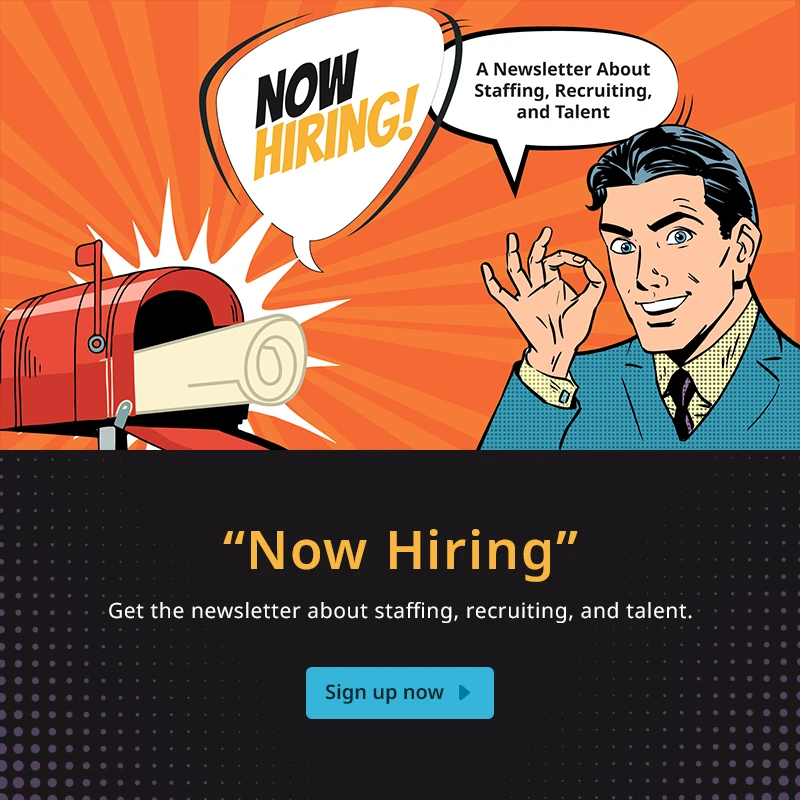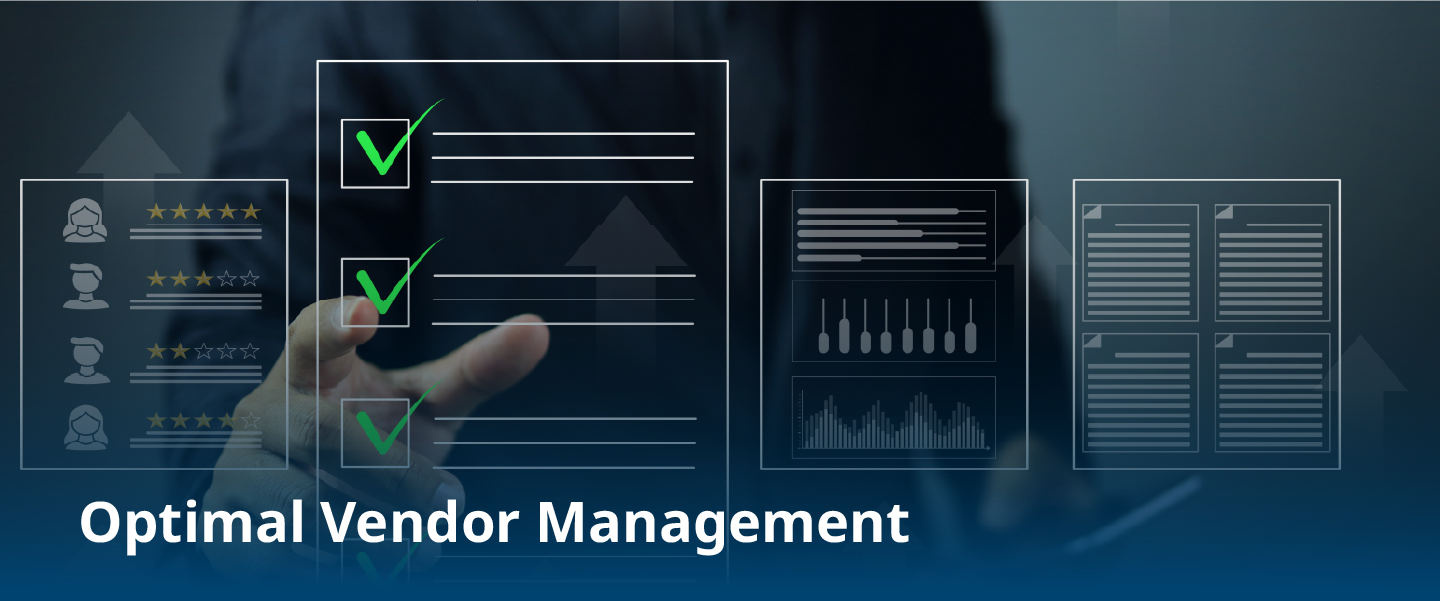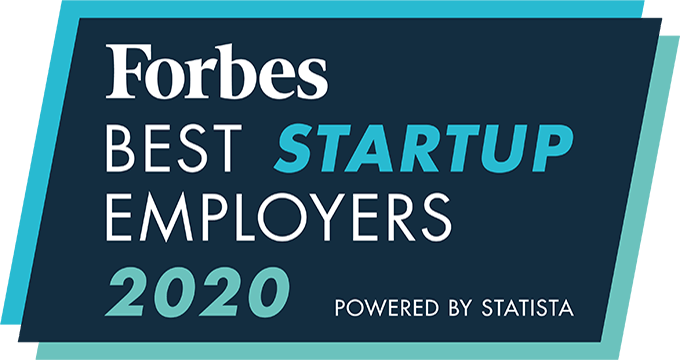Businesses often have to grapple with staffing challenges that can hinder growth and efficiency. It is a position that no organization likes to find itself in, but the issue can be avoided with some preparation. Strategic workforce planning is a dynamic hiring approach that goes beyond traditional hiring processes, and can safeguard businesses against staffing challenges. Let’s talk about reshaping staffing success with a little strategic workforce planning.
Reshaping Staffing Success
Strategic workforce planning involves aligning your workforce strategy with the overall business strategy to ensure you have the right people, with the right skills, in the right positions, at the right time.
Look to the Future
At its core, strategic workforce planning is about anticipating and preparing for future staffing needs. Just like a chess game where a player tries to predict future moves to achieve a checkmate, organizations should strategically position their workforce, considering factors like industry trends, technological advancements, and potential skill gaps. Looking ahead can help a business be ready for both foreseen and unexpected changes.
Break Down the Silos
One common staffing challenge is the existence of silos within an organization. Departments often work in isolation, which can lead to inefficiencies and misalignment. Strategic workforce planning acts as a unifying force, breaking down these silos and fostering collaboration. When HR, finance, and operations work seamlessly together, the entire organization benefits.
Agile and Ready for Change
We’ve all heard the phrase, “The only constant is change.” This is certainly true in business—the landscape is volatile, and change is inevitable. Strategic workforce planning equips organizations with the agility to adapt to these changes. Whether it’s a sudden surge in demand or an economic downturn, having a plan in place ensures that your workforce can navigate uncertainties without compromising productivity.
Acquire and Retain
Strategic workforce planning isn’t solely about hiring new talent. Once you have found talented and skilled candidates, you don’t want to lose them; you want to create relationships that go beyond the placement. An organization should maintain a balance between acquiring new candidates and retaining valuable existing talent to minimize the disruption caused by high turnover rates and fosters a stable, motivated workforce.
The Story of Data
A key benefit of strategic workforce planning is how it leverages analytics to help you make informed decisions. By analyzing employee performance, identifying skill gaps, and predicting future needs, organizations can stay ahead of the curve. Analyzing the numbers helps you understand the story they tell; that story contributes to the business’ greater narrative and helps to shape the workforce plan.
Proactive Planning
There are several key steps in any strategic workforce planning journey:
- Assess Current Workforce. Begin by taking a comprehensive look at your current workforce. Identify key skills, strengths, and weaknesses. This self-awareness sets the stage for targeted planning.
- Align with Business Goals. Strategic workforce planning should be an extension of your business strategy. Align the two seamlessly, ensuring that your workforce is poised to contribute effectively to the overarching goals of the organization.
- Identify Future Needs. Anticipate future staffing needs by analyzing industry trends and technological advancements. What skills will be crucial in the next five years? Identifying these needs leads to proactive talent acquisition and development.
- Develop a Talent Pipeline. Rather than scrambling to fill positions when they become vacant, cultivate a talent pipeline. This involves nurturing relationships with potential candidates and providing ongoing training and development opportunities.
- Monitor and Adjust. Strategic workforce planning is not a one-time task; it’s an ongoing process. Regularly monitor the effectiveness of your plan, gather feedback from various departments, and be ready to adjust course as needed.
By reshaping staffing success with thoughtful planning, organizations can navigate challenges and also proactively position themselves for future success.
FAQs
1. How often should an organization revisit its strategic workforce plan?
Regular reviews are crucial. Ideally, organizations should revisit their strategic workforce plan annually or more frequently if there are significant shifts in the business environment.
2. Can small businesses benefit from workforce planning?
Absolutely. While the scale may differ, the principles of strategic workforce planning are applicable to businesses of all sizes. It’s about aligning your workforce with your business goals.
3. Is technology a significant factor?
Yes, technology plays a vital role. Leveraging analytics and advanced tools helps in data-driven decision-making, a cornerstone of effective strategic workforce planning.
4. Can workforce planning improve employee satisfaction?
By identifying and addressing skill gaps, providing growth opportunities, and ensuring the right people are in the right roles, strategic workforce planning contributes to a more satisfied and engaged workforce.
5. Can strategic workforce planning prevent layoffs during economic downturns?
While it can’t guarantee complete immunity, strategic workforce planning does enable organizations to navigate economic challenges more resiliently, often minimizing the need for drastic measures like layoffs.









